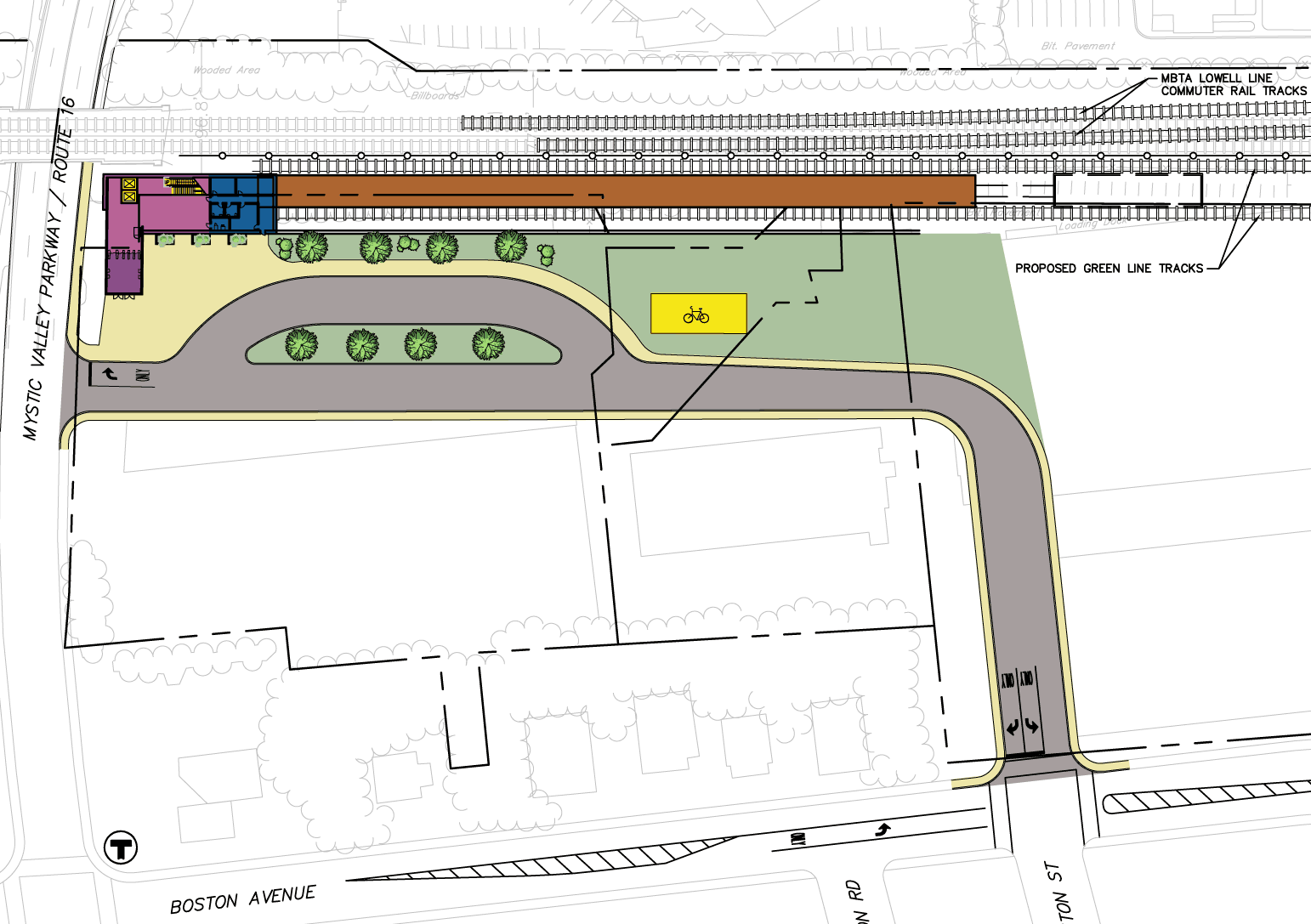F-Line to Dudley
Senior Member
- Joined
- Nov 2, 2010
- Messages
- 9,553
- Reaction score
- 10,422
Does anyone know when the Brickbottom/Washington Ave station got renamed to East Somerville? Also if the station names have been finalized?
Believe they're still in placeholder limbo with the Washington name. Sign shop's not going to be pressing new placards for years, so city and neighborhood can keep arguing amongst themselves for a few more years if they want. Everything else has been set for awhile, with only other mid-project change (and it was early) being "Medford Hillside" going to the more location-specific "College Ave."
I'm sure Tufts would love to change or prefix CA to "Tufts" since they're sinking big bucks into that stop, but that's not going to be allowed as long as the Orange Line stop at the Med Ctr. bears their name.


